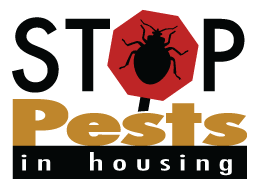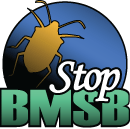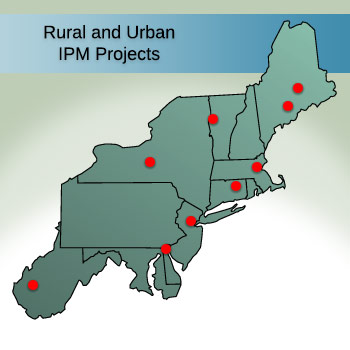
We foster the adoption of IPM in homes, workplaces, schools, communities, farms, and natural areas.
Specialists apply IPM wherever people live, work, go to school, and enjoy recreational activities. Because pest populations are constantly changing, so too must our IPM strategies. Our Center actively supports these efforts.
IPM works in all environments where food is produced and wherever people live, work, go to school, and recreate. In these environments, pests, including traditional and many invasive and emerging species bring adverse effects, either through lower quality food, loss of biodiversity, unhealthy conditions, or reduced integrity of the built environment. A safe and nutritious food supply that is accessible by local residents and reduces harmful and excessive inputs is increasingly important for sustaining communities. Using IPM methods, growers can protect human health as well as that of the environment.
One large project that our Center is integrally involved in is the biology, ecology, and management of the brown marmorated stink bug (BMSB). The brown marmorated stink bug is a voracious pest that was unintentionally introduced to the northeastern United States in the 1990s. It has quickly become a major agricultural and nuisance pest and continues to spread throughout the United States. It feeds on a long list of crops with damages estimated at $37 million to the mid-Atlantic apple industry alone. In partnership with scientists and researchers across the country, our Center is helping to communicate their work in developing IPM solutions to help control this pest and reduce its impacts. Our Center created and now maintains the website for this national project at www.stopbmsb.org.
Another effort that our Center is leading is the improvement of pest control in affordable housing through the project “Promoting IPM in Affordable Housing,” which teaches managers, maintenance staff, and residents how to use IPM. Efforts are centered on eliminating obstacles to using IPM in affordable housing and refining an implementation process for housing providers. Indoor pests, including molds, common insects such as cockroaches and bed bugs, and rodents can contribute to health issues. In addition to providing hands-on training, our Center created a website, www.stoppests.org, to share IPM solutions and resources to help people take control of their pest management.
Our Center will continue to broaden its efforts in rural and urban settings. Partnerships will continue to be developed with building managers, grower groups, retailers supplying resources for pest management, and government organizations. Networks and bridges will be built between rural and urban communities, placing a priority on communication and embracing technological advances that help propel project results into field implementation. The participation of regional and local partners together will be encouraged in workshops and presentations on local and regional issues that may include invasive and emerging species, pesticide resistance, and other pest threats to sustaining rural and urban communities.
News and Information
- Applying the "Whole Farm" Concept to Apartment Buildings
-
Source: IPM Insights, April 2017
- A Systematic Review of the Literature Reveals Trends and Gaps in Integrated Pest Management Studies
-
Source: Pest Management Science / Northeastern IPM Center, March 20, 2017.
- End of an Era of Easy Pest Solutions
-
Source: IPM Insights, April 2016.
- Antibiotic-Resistant Fire Blight
-
Source: IPM Insights, April 2016.
Related Links

Stop Pests in Housing Program — Improving pest control in affordable housing by teaching everyone who works, lives, and plays in housing how to use integrated pest management

Stop BMSB — Biology, ecology, and management of brown marmorated stink bug in specialty crops

- 2018 – A varroa mite IPM program for New England honey beekeepers (Commonwealth of Massachusetts)
- 2018 – Assessing and controlling house mouse infestations in multi-family dwellings (Rutgers University)
- 2018 – Exploring methods to enhance biocontrol of turfgrass diseases in the urban landscape (University of Connecticut)
- 2018 – Improving strawberry transplant vigor with bio-rational treatments for managing black root rot complex (West Virginia State University)
- 2018 – Mobilizing existing infrastructure to obtain baseline tick surveillance data (Rutgers University)
- 2018 – Testing ground barriers for swede midge IPM on at-risk small-scale brassica farms (University of Vermont)
- 2017 – Developing aesthetic injury level for German cockroach IPM (Rutgers University)
- 2017 – Engaging school nurses as key change agents to promote IPM adoption in Northeast schools (Maine Dept. of Agriculture)
- 2017 – Establishing a Northeastern IPM weeds working group (Cornell University)
- 2017 – Exploitation of ecological traps for the control of a mosquito disease vector (University of Maine)
- 2017 – Integrating cover crops for weed management in plasticulture systems (University of Delaware)